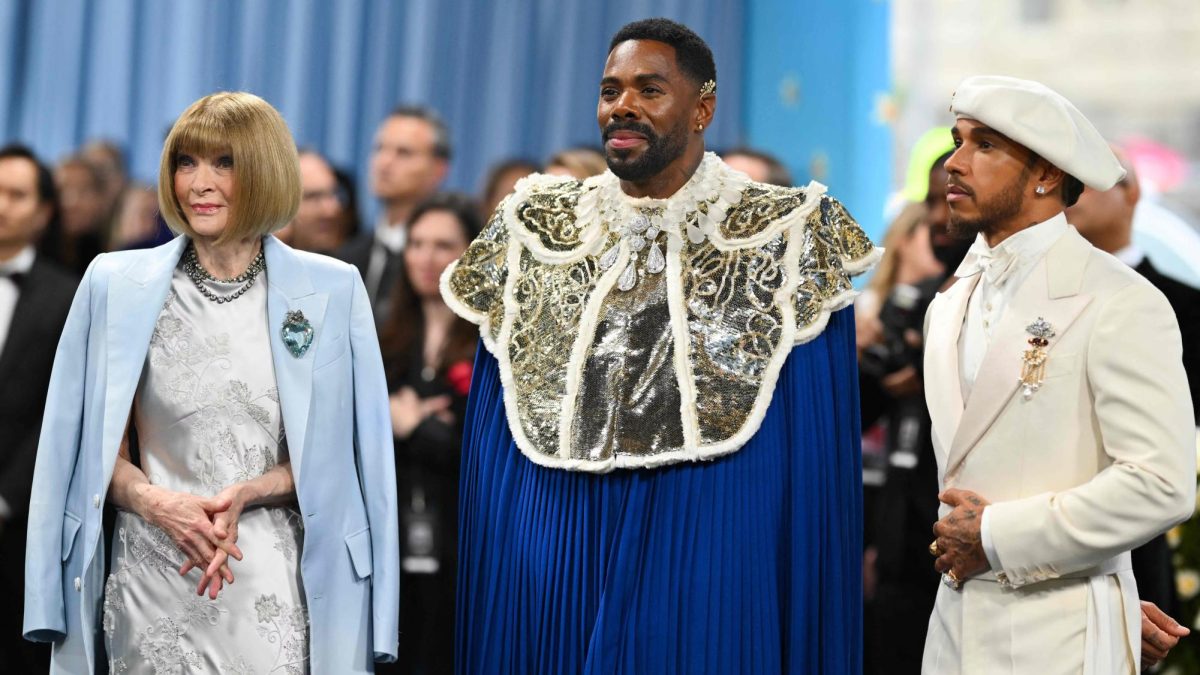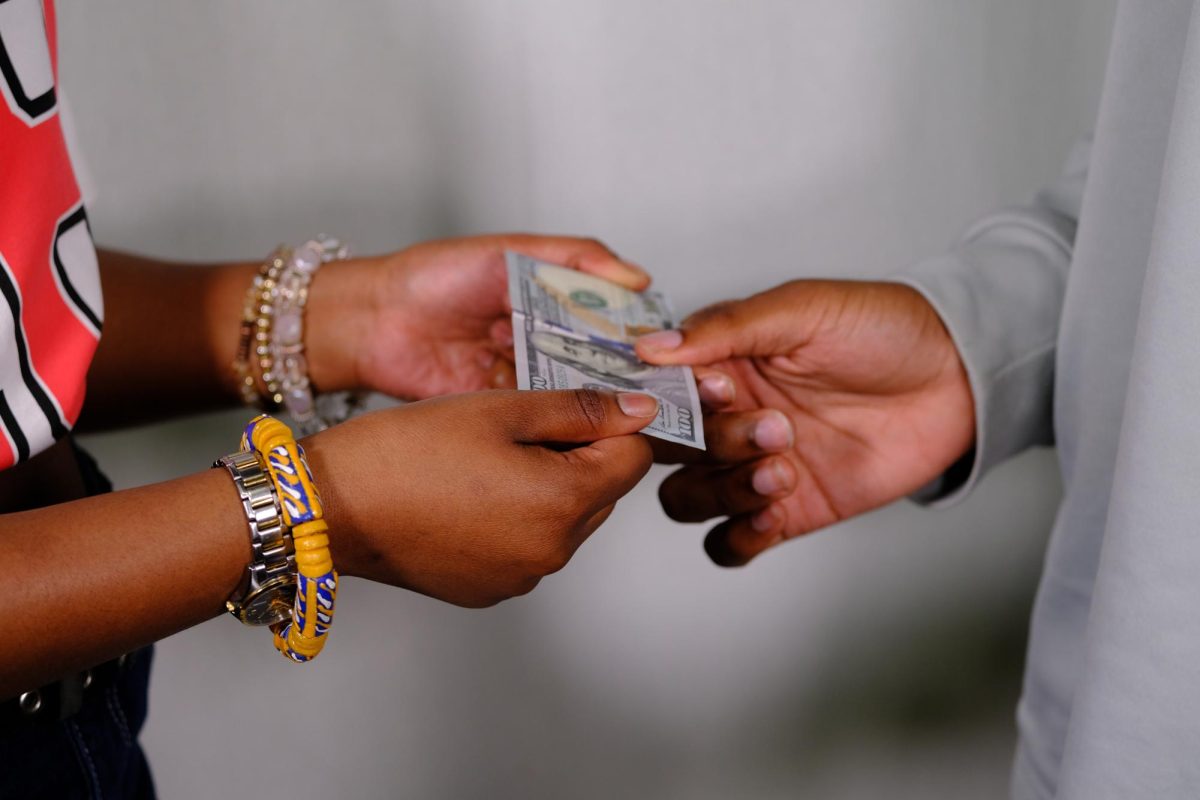Biden Cancels Student Debt. Kinda.
On Aug. 24, 2022, President Biden announced his Student Debt Relief Plan. He campaigned on the promise of forgiving all student loan debt. His new plan, which comes in three parts, falls short of this goal.
In President Biden’s proposed Student Debt Relief Plan, borrowers have an extended pause of federal loan payments. This means loan payments are postponed until Jan. 1, 2023, and will not accrue interest. However, this is intended to be the final pause. The second part of the plan is the cancellation of up to $20,000 in student loans for borrowers. Of course, this comes with caveats.
If your loans are not federal, you make more than $125,000 (single) or $250,000 (couple) a year and/or did not receive a Pell Grant; don’t get your hopes up. In his new plan, Biden forgives $10,000 in federal student loans for individuals making less than $125,000 a year. For borrowers who also received a Pell Grant, an additional $10,000 is forgiven. Only loans taken out before June 30, 2022, are applicable. Additionally, individuals who have made loan payments since March 2020 are also eligible for a refund.
The next part of President Biden’s plan is lowering the required student loan payment to 5% of an individual’s income versus the 10% it is at now. Other highlights of the plan include: the Department of Education covering interest on loan payments, increased Pell Grant, loan forgiveness at ten years rather than 20, and people making less than $15 an hour will not be required to make a payment.
Who does this plan benefit the most? In short, Black people.
In 2016, it was found that of students who were enrolled full-time in a four-year university, 72% of Black Americans received the Pell Grant. When compared to other racial demographics, this amount differs drastically. Only 36% of Asian Americans and 34% of White Americans enrolled received the Pell Grant. In 2019, it was found that the average Black person with student loan debt will owe 95% of the original amount after two decades. Worse than that, on average, 48% of Black people owe over 12.5% more than their initial principle amount just four years after graduation.
This policy further benefits another marginalized group: women.
In 2021, it was found that Black women have the largest amount of student loan debt, with the average total being $41,466. This contrasts with white women’s average loan debt, which is $33,852.
One reason for the gap in loan debt is wage disparities. On average, Black men make $15 an hour and Black women make $13 an hour, whereas white men make $21 an hour and white women make $18 an hour. This discrepancy makes it harder for marginalized groups to pay off student loan debt. Native Americans and Black people have the highest student loan monthly payment at an average of more than $350. This, in turn, affects the financial autonomy of individuals as the money they could be saving (or spending) is instead used to pay off a loan with skyrocketing interest rates. This could be seen as one motivation behind Biden’s plan.
Biden’s approval rating has been below 50% for the past year. More recently, it has risen from 38% to 40% after passing a series of “progressive” policies. As the figurehead for the democratic party, Biden has not boded well for its overall image. Due to this, it is expected that both the House of Representatives and the Senate will turn Republican again. Even if Biden wins the 2024 election, he will still have a hard time passing policy (comparable to Barack Obama’s presidency). A more assertive approach to policy and presidency is better than passive benevolence.
In the days following his policy proposal, President Biden gave a speech warning of extremism in politics; His target being former President Donald Trump and MAGA culture. In the past, Biden has tried to appear more moderate, arguing for unity amongst parties. However, this speech has a different tone from him. While President Biden still appeals to a moderate base, this was a serious step. In this same speech, Biden announced a plan to allocate $37 billion to fund policing efforts nationwide. Some could argue that the back-to-back proposals are a way of appeasing the goals of differing parties.
While President Biden’s new student debt relief plan does not coincide with his original plan, I think it was a step in the right direction. Historically, debt forgiveness outside of the business class has been tough legislation to pass on both sides. Understanding this, the amount forgiven should have been higher and the extension for longer.
The average amount of student loan debt is $32,731. This plan does not cover half of the student loan debt the typical person will have. Additionally, borrowers who received the Pell Grant tend to have higher student loan amounts —understanding that the $20,000 will also not cover half of the Pell Grant recipients’ debt. If the plan’s purpose is to be an equalizing force, it has fallen severely short. If it is meant to illicit economic spending, it is a short-sighted plan as the resumption of payments will still hit many Americans hard.
I think the student debt relief plan shows that Biden can be more progressive. It is the equivalent of dangling a carrot in front of the masses. The idea is that if the public votes for Biden, he will continue to pass these policies, despite the fact he has not done so in his first two years of office.
It is worth noting that the implementation process for debt forgiveness has not been solidified. Some sources say that if there is a record of your loan, it will automatically be forgiven. Others say that you must apply yourself. Either way, applications for student debt forgiveness will be available in early October. Experts recommend that the application be submitted by November to ensure time for the debt to be processed before loan payments continue. The official deadline to submit the application is Dec. 31st, 2022.







